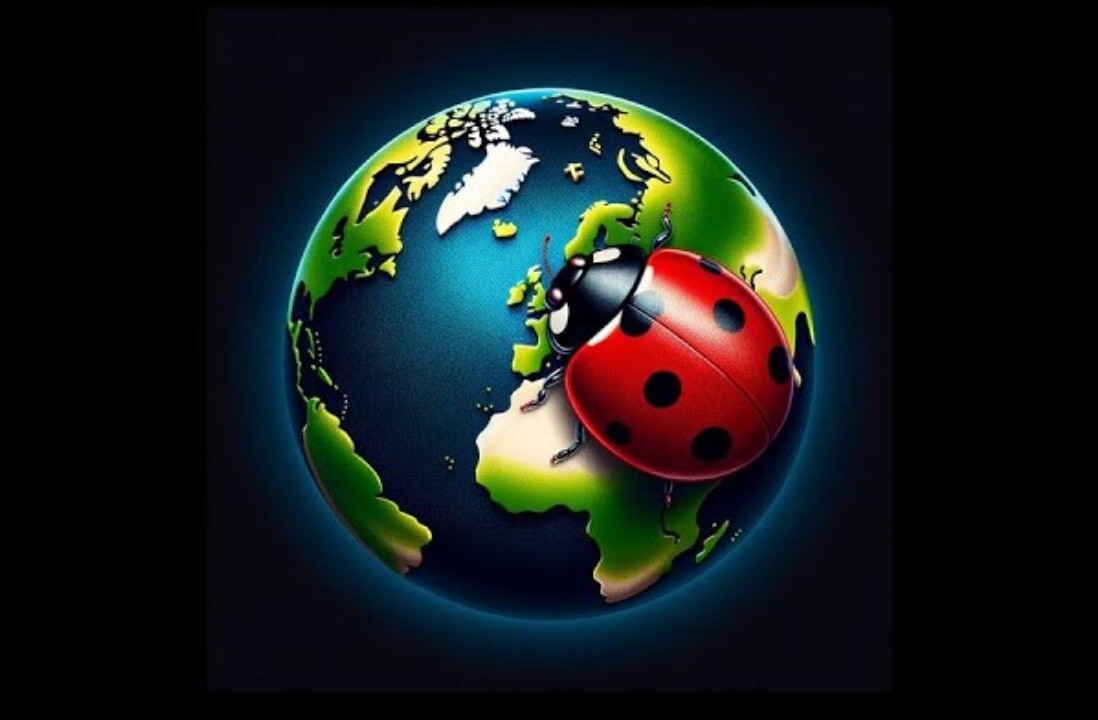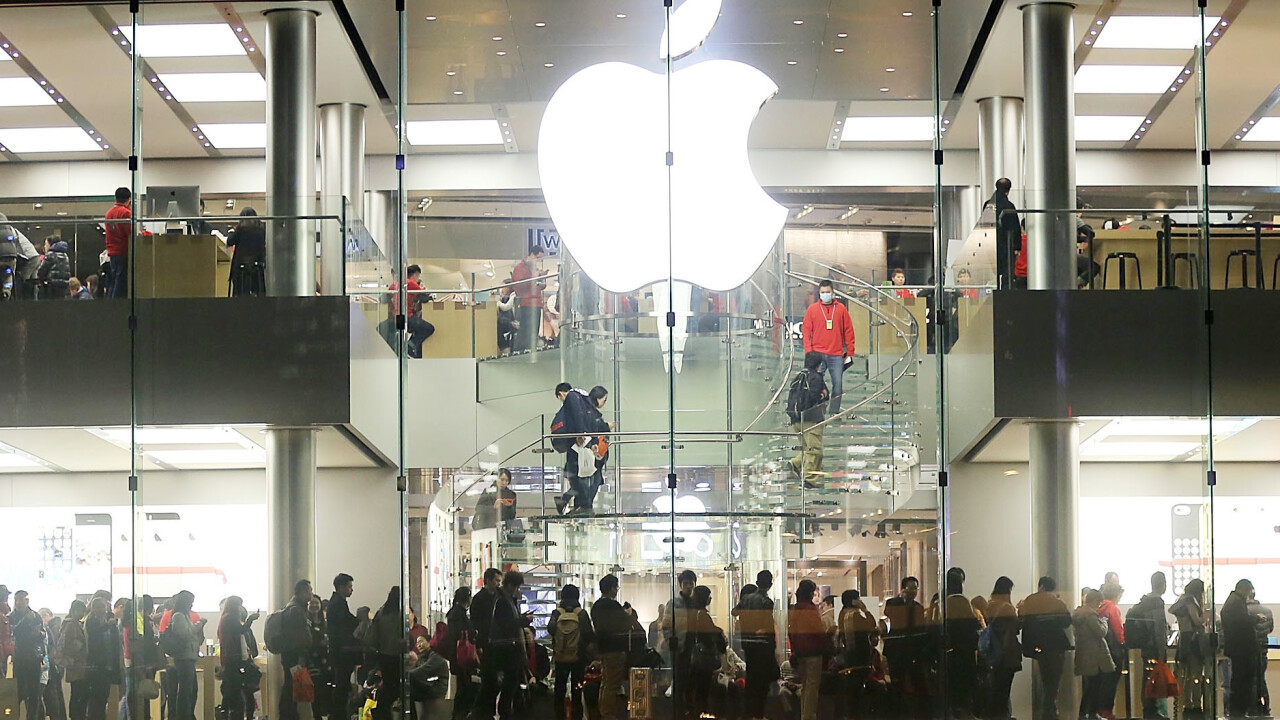
As we noted last week, Apple had a relatively quiet 2013. However, this year should turn out to be different, as CEO Tim Cook has reassured employees that the firm has “big plans” for 2014.
New product categories?
Throughout 2013, Cook hinted publicly about Apple’s plans for new product categories. Here’s what he said during the fiscal Q2 2013 earnings call back in April, as transcribed by Seeking Alpha:
We see great opportunities in front of us, particularly given the long-term prospects of the smartphone and tablet market, the strength of our incredible ecosystem, which we plan to continue to augment with new services, our plans for expanded distribution, and the potential of exciting new product categories.
Piper Jaffray analyst and long-time Apple television prognosticator Gene Munster actually got so excited by the comment that he had to double-check he heard it correctly:
I just wanted to confirm, did you mention in your prepared remarks that something about new product categories or did I not hear you correctly?
Later during the call, Cook seemed to suggest that those new products would arrive sometime in 2014:
Our teams are hard at work on some amazing new hardware, software, and services that we can’t wait to introduce this fall and throughout 2014. We continue to be very confident in our future product plans.
Cook replied that Apple is “very excited” about the growth that could come from potential new categories.
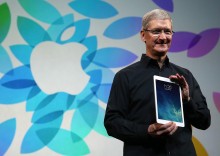 While it’s a stretch to connect Cook’s mention of new product categories with his later statement about new products coming in 2013 and 2014, the proximity of the two comments suggests that Cook intended to create an implicit connection without fully committing himself. The way I read it, Cook was asking investors to remain patient for Apple’s next big innovation.
While it’s a stretch to connect Cook’s mention of new product categories with his later statement about new products coming in 2013 and 2014, the proximity of the two comments suggests that Cook intended to create an implicit connection without fully committing himself. The way I read it, Cook was asking investors to remain patient for Apple’s next big innovation.
Even so, the comments did lead to some confusion. During the fiscal Q4 2013 call in October, Cook clarified his earlier remarks when questioned about them:
I didn’t say in April that you would see them in this year and the first half of next year just to be clear on that. But what I have said is – I have said that you would see some exciting new products from us in the fall of this year and across 2014. And I obviously stand by that and you’ve seen a lot of things over the last couple of months. In terms of new product categories, specifically if you look at the skills that Apple has from hardware, software and services and at incredible app ecosystems, these set of things are very, very unique. I think no one has a set of skills like us and we obviously believe that we can use our skills in building other great products that are in categories that represent areas where we do not participate today. So we’re pretty confident about that.
To refresh your memory, Cook took over as CEO for the late Steve Jobs in August 2011. The promotion was criticized by some who believed that Cook’s strengths were solely operational and lacked the design brilliance needed to produce hits like the iPhone and the iPad.
 Apple’s product updates since Tim Cook took the reins have been largely routine. Its existing devices have gotten faster, smaller and lighter, but nothing distinctly “new” has come out of Cupertino. The refreshed Mac Pro represents the most dramatic product update from Apple during Cook’s tenure, but it’s hardly a new category.
Apple’s product updates since Tim Cook took the reins have been largely routine. Its existing devices have gotten faster, smaller and lighter, but nothing distinctly “new” has come out of Cupertino. The refreshed Mac Pro represents the most dramatic product update from Apple during Cook’s tenure, but it’s hardly a new category.
Cook’s legacy at Apple won’t truly be tested until he has overseen a new product launch. During his time as COO, he proved that he can run the company effectively and profitably, but the big question is whether he can lead Apple to create a new product that disrupts an entire industry. Innovation takes time, even for Apple, but Cook is coming up on his three-year mark as head of the company.
An iWatch?
Recent rumblings have suggested that a smartwatch could be the new product category that Apple is excited about. Reports last year had originally claimed that Apple would release a watch by the end of 2013.
While that timeframe failed to prove accurate, the company has been filing for trademarks on the word “iWatch” in countries around the world.
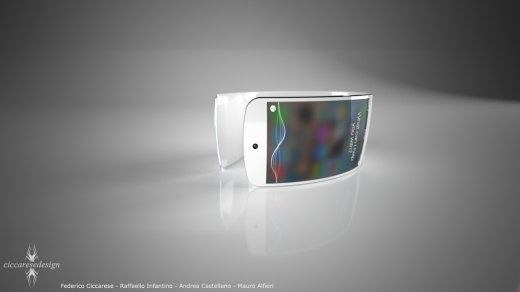
Samsung jumped into the watch space last year with the Galaxy Gear, but the device hardly captures the market. Meanwhile, Google is said to be in “late-stage development” of its own Android-based smartwatch. Apple is hardly the type of company to release a product before it’s ready due to competitive pressure, but it does appear that major tech companies are converging on your wrist as the next battleground.
Robert Brunner, who formerly served as Director of Industrial Design at Apple and now heads up the Ammunition design studio, said in a recent interview with The Next Web that he’s “pretty sure” Apple will end up doing a watch.
“[Apple] probably can’t help themselves. It’s such a ripe vehicle for their design ethos,” he said.
In his view, Apple could easily sell many millions of iWatches with its usual well-executed design and tight integration with the iPhone. From there, the real potential of the product will emerge as an app ecosystem develops around it.
While onstage at an AllThingsD conference last year, Cook pointed to the wrist as a better target for a wearable device than smart glasses:
I think from a mainstream point of view [glasses as wearable computing devices] are difficult to see. I think the wrist is interesting. The wrist is natural.
It’s too early to say that we can expect an iWatch from Apple in 2014, but Cook has at least voiced his commitment to the category. “I see [wearables] as a very key branch of the tree,” he said at D11.
The foundations of convergence
Apple appears to be laying the foundations to align its products along a single computing continuum. That transition can hardly happen in a year’s time, but the firm has been putting the pieces in place and is ready to take significant steps toward the goal.
The iOS and OS X device lineups differentiate themselves for several different reasons: price, connectivity, screen size, mobility, processing power and usage. Based on those criteria, there are several gaps that could use smoothing out.
Larger iPhones?
For instance, the jump from the 4-inch iPhone to the 7.9-inch iPad mini is too big. The main complaint I hear about the iPhone is that the screen is too small. Apple has been willing to acquiesce the low-end smartphone market to budget makers, but surrendering the large-screen smartphone category will put pressure on both the iPhone and the iPad.
A Bloomberg report from November suggested that Apple is looking into screen sizes of 4.7 to 5.5 inches for the iPhone. The Wall Street Journal claimed last September the company was testing displays with diagonals as long as 6 inches.
Apple would need to find a solution for iOS developers to retool their apps for new screen resolutions, but it could future-proof its efforts by transitioning to responsive app design for the mobile OS.
An iPad Pro?
In 2010, Steve Jobs famously compared PCs to trucks in order to explain the coming changes in computing needs:
Is the next step the iPad? Who knows? Will it happen next year or five years from now or seven years from now? Who knows? But I think we’re headed in that direction.
This April, the iPad will be four years old. The Mac Pro, iMac and Retina MacBook Pro have settled the “niche workhorse” spots in Apple’s product lineup, but the iPad isn’t quite ready to be the main vehicle for consumers’ computing needs.
The myth that iPads are for consumption has largely been dispelled, but most users would require a larger screen, a keyboard accessory and onscreen multi-tasking to really replace most Macs.
Giving its current laptop naming scheme, Apple’s decision to add the “Air” designation to its main iPad model does seem to telegraph the upcoming arrival of a Pro model. Currently, the iPad Air is the heaviest and fastest current-generation iPad model. It’s lighter with respect to the previous version, but that doesn’t make sense in terms of the overall product lineup.
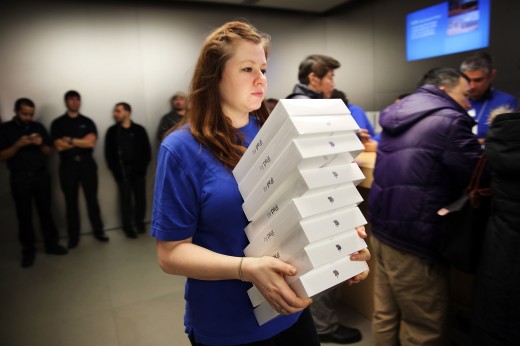
To be clear, Apple is free to name its devices whatever it wants, but it does so at the risk of customer confusion. After all, the company has spent the past few years and millions of marketing dollars educating consumers on the differences between its MacBook Air and MacBook Pro models.
Recent rumors have suggested that Apple is looking into a 12.9-inch iPad that could act as a hybrid between a laptop and a tablet. Hints of a larger iPad have come from enough credible sources that it seems to be a likely next step. Of course, there’s no guarantee that Apple will get around to releasing it this year.
An Apple television???
We’re skeptical that an Apple television will arrive in 2014, but the move has been so highly-anticipated that it’s worth a brief discussion here. Rumors of an Apple-branded HDTV have persisted for years, but they’re currently in a quiet period. Tim Cook himself talked up the television space as an area of “intense interest” in late 2012, but, as The Verge notes, he made almost no mention of it in 2013.
When we spoke with Brunner, he did mention that he’s heard plenty of sightings from people claiming to have seen prototypes of an Apple television in Asia, but that still doesn’t answer the question of whether Apple is preparing to actually release the product as opposed to just testing it indefinitely.
To use a gratuitous apple metaphor, the television industry is certainly ripe for the picking, but it’s not clear what value Apple would bring by selling the whole TV package instead of sticking with a set-top box. The average TV purchasing cycles has proved difficult for HDTV makers, and most consumers are likely to have already picked up a TV in recent years.
When Apple moves into a new product category, such as with the iPod, iPhone and iPad, it does so decisively with the intent to overturn any existing incumbents.
If anything, the TV seems to be playing a less important role in our lives. Many users have taken to spending more time consuming content on their computers, tablets and phones than on the big screen. Innovations to the interface and distribution models could bring us back to the living room for a time, but computers and now mobile devices have fundamentally changed how we watch video and play games.
With no expectations for Apple to release a television set in 2014, we’ll just let ourselves be pleasantly surprised if it does.
Wrap-up
In 2014, Apple is poised to continue posting strong financial results. New carrier deals with major Asian operators NTT Docomo and China Mobile should open up plenty of opportunities for the iPhone to expand. As Marco Arment pointed out, Apple has its hands full with side projects that it could stand to get caught up on.
However, if the company is to unlock the kind of explosive growth that would renew investor interest, the company will need to release a new product type.
Cook himself has said that Apple has the right combination of skills to build products in new categories. The company undoubtedly has the money it needs, and enough time has passed since releasing the iPad for Apple to build something new. Now we just have to wait.
Related: This is what 6 Apple moonshot technologies could look like
Image credits: Mario Tama, Justin Sullivan / Getty Images
Get the TNW newsletter
Get the most important tech news in your inbox each week.



